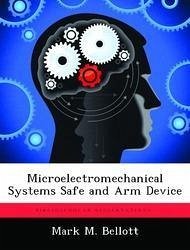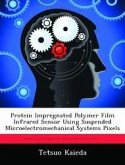A munition's fuze is the most critical part of a weapon that must be highly reliable for providing a safe environment for those responsible for handling and transporting munitions. As these munitions are removed from war reserves for use in the battlefield, the number of unexploded ordinances has steadily risen. In addition to unreliability, fuze production has been impacted over the decades. The once robust fuze industry that prospered during the Cold War has dwindled down to a handful of manufacturers. In light of the problems associated with today's fuzes, AFIT has been proactive in designing a new microelectro-mechanical fuze system. AFIT has successfully shown proof-of-concept MEMS safe and arm (S and A) devices can be developed for future use with a MEMS fuze system. Although functional, AFIT's initial S and A device limits the size of fuze required. For this thesis, several new MEMS S and A devices were designed and tailored for much larger MEMS fuzes. Several types of MEMS actuators were considered for the actuation of the S and A device. The thermal actuator seemed the most logical choice for actuation. Unlike other types of MEMS actuators, the thermal actuator is highly regarded for generating high forces and deflection. In an attempt to design the optimal thermal actuator array for the S and A device, the single and double hot-arm thermal actuators were tested. These results were then used for designing three different MEMS S and A devices that varied in size for larger fuze systems. In this thesis, these three S and A devices will be discussed and their performance during test and validation will be shown.
Hinweis: Dieser Artikel kann nur an eine deutsche Lieferadresse ausgeliefert werden.
Hinweis: Dieser Artikel kann nur an eine deutsche Lieferadresse ausgeliefert werden.








